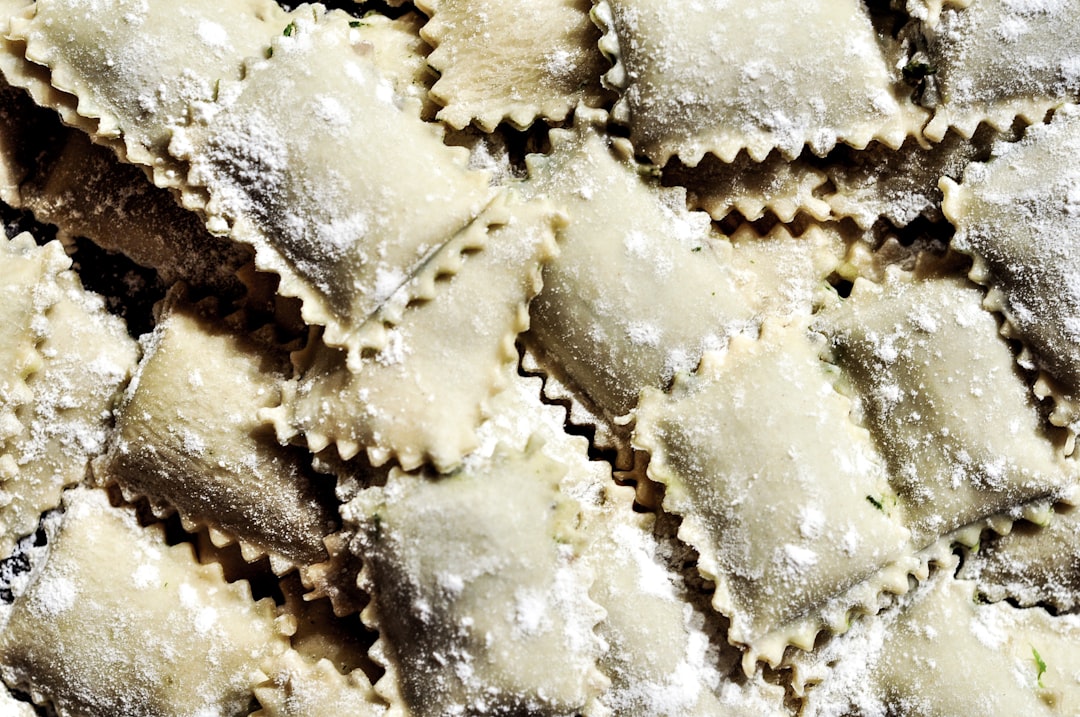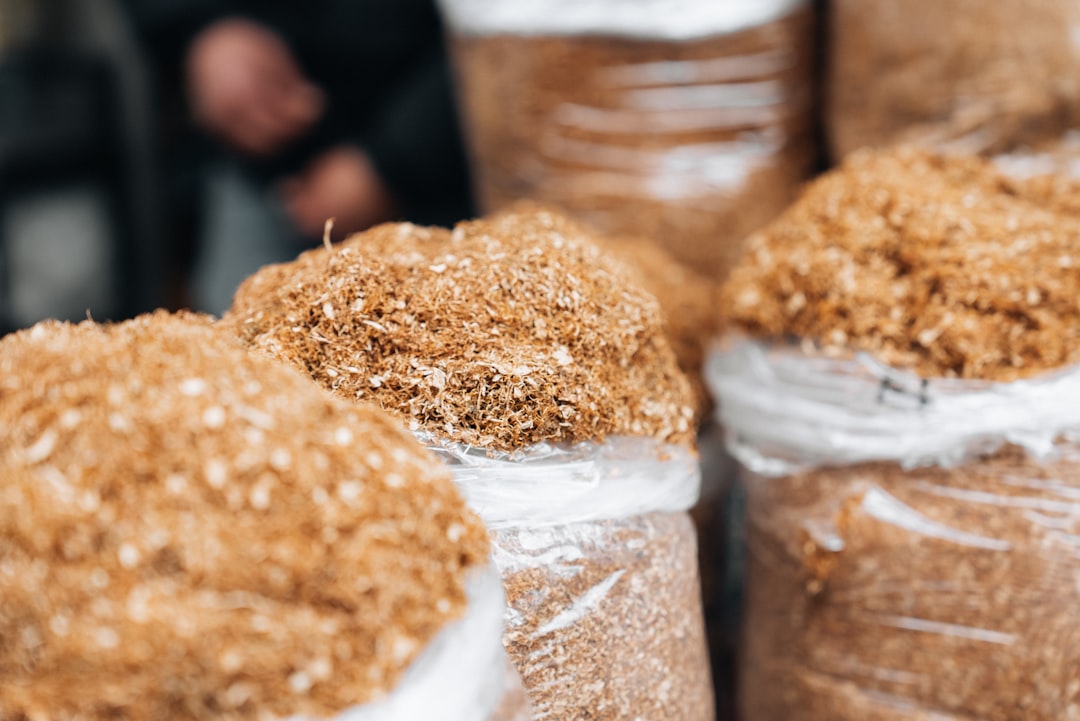Let’s talk about weevils.
Introduction to Weevils
When it comes to the insect world, weevils may not be the first creature that comes to mind. However, these little beetles are worth knowing about. They are a large family of beetles, with over 60,000 species worldwide. They are characterized by their elongated snouts and are often associated with plants and grains, making them a common pest in agriculture.

Physical Characteristics of Weevils
Weevils are easily identifiable by their unique physical characteristics. They are usually small, less than 6mm in length, and have an elongated head that forms a distinctive snout. Their bodies are usually dark brown to black, and they have a hard exoskeleton that protects them from predators. On the end of their snout, they have small, strong jaws that they use to feed.
Life Cycle of Weevils
Weevils have a fascinating life cycle that is closely tied to their food source. Adult females lay their eggs inside a grain kernel or a plant stem. The larvae then feed on this food source until they pupate and emerge as adults. This life cycle can take anywhere from a few weeks to several months, depending on the species and the environmental conditions.

Weevils and Agriculture
Weevils pose a significant threat to agriculture. They are known to infest a wide variety of crops, including wheat, corn, beans, and many types of fruits and vegetables. They can cause significant damage to these crops, leading to substantial economic losses. Therefore, understanding weevils and finding effective ways to control them is crucial for farmers and agricultural businesses.
Controlling Weevils
There are several methods to control weevils in agriculture. These include physical methods, such as trapping and hand-picking, and chemical methods, such as insecticides. However, these methods can be labor-intensive and may have negative environmental impacts. Therefore, many researchers are looking into biological control methods, such as introducing natural predators of weevils into the environment.

Weevils in the Ecosystem
Despite their status as pests, weevils also play important roles in the ecosystem. They are a food source for many birds and small mammals, and their larvae help to decompose plant material, contributing to nutrient cycling in the soil. Therefore, while it is important to control weevil populations in agricultural settings, it is also important to recognize their ecological value.
Conclusion
In conclusion, weevils are a fascinating group of insects with a significant impact on both agriculture and the ecosystem. By understanding their biology and behavior, we can develop more effective and sustainable methods of controlling them, while also appreciating their role in nature.

